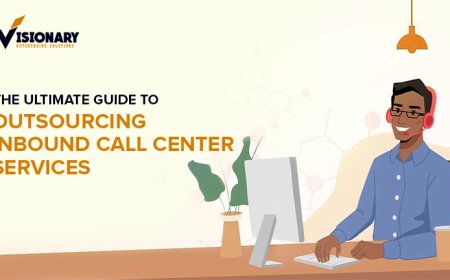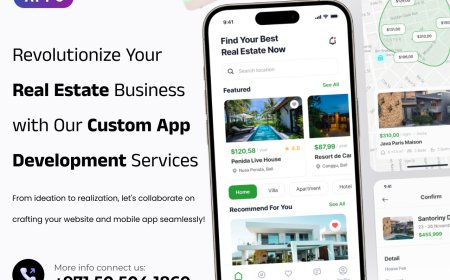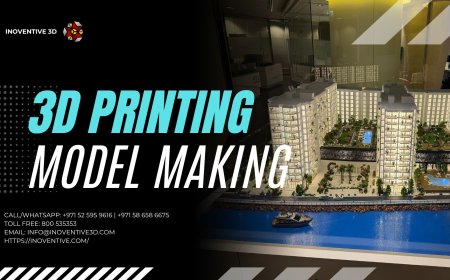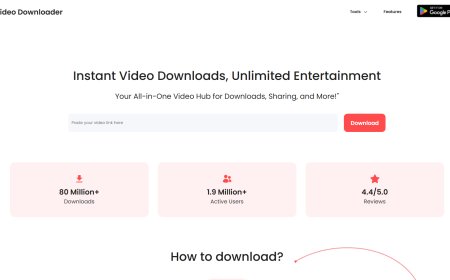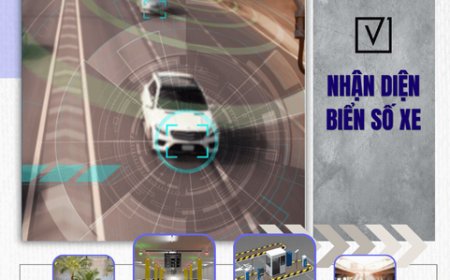How Mobile App Development Agency Ensure Seamless User Experience?
Discover how a mobile app development agency ensures a seamless user experience through intuitive design, performance optimization, and continuous improvements.
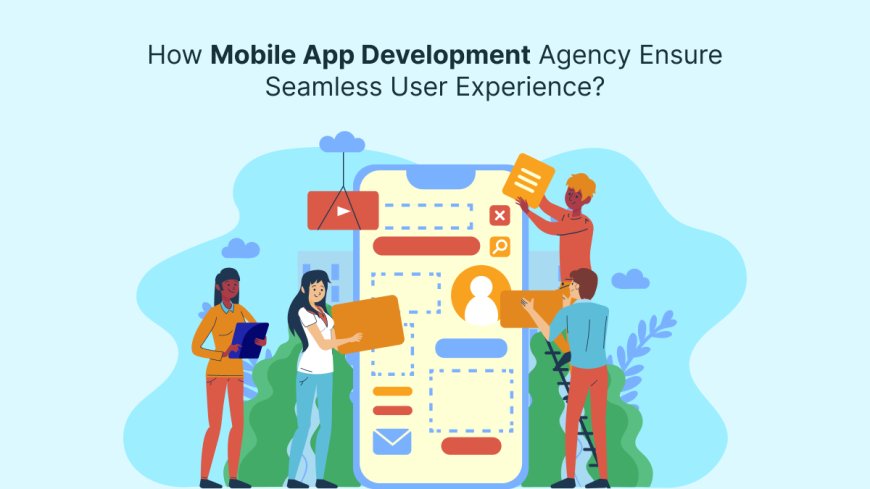
In todays highly competitive digital landscape, providing a seamless user experience (UX) is crucial for the success of any mobile app. Users expect apps to be intuitive, fast, and reliable. If an app fails to meet these expectations, users quickly move on to alternatives. This is why mobile app development agencies place a strong emphasis on delivering smooth, enjoyable experiences for end-users.
These agencies bring together expertise in design, development, and testing to ensure the app not only looks good but also functions flawlessly. In this blog, we will explore how a mobile app development agency ensures a seamless user experience and why this focus is vital for business success.
Understanding the Importance of User Experience in Mobile Apps
User experience refers to how users interact with and perceive your app. It encompasses everything from the apps design and navigation to its speed and functionality. A seamless UX means users can achieve their goals without frustration, confusion, or delay.
Good UX leads to higher user satisfaction, better retention rates, and increased engagement. On the other hand, poor UX can result in negative reviews, uninstalls, and lost revenue. For businesses, investing in UX design is not just about aestheticsits about building trust and loyalty.
Role of a Mobile App Development Agency in Creating Seamless UX
Mobile app development agencies bring together a multidisciplinary team of designers, developers, testers, and project managers who collaborate to create apps with great user experiences. Heres how they do it:
1. Deep Understanding of User Needs and Behavior
Before starting development, agencies conduct research to understand the target users. They study user preferences, pain points, and behavior patterns. This helps in designing an app that fits the users needs and expectations. Agencies may use surveys, interviews, and market analysis to gather this information.
2. Focus on User-Centered Design (UCD)
User-centered design puts the user at the heart of the app development process. Agencies create wireframes and prototypes that show how the app will look and work. These designs are tested with real users to gather feedback and make improvements before the final build. This iterative process ensures the app is intuitive and easy to use.
3. Clear and Simple Navigation
Agencies prioritize creating clear navigation paths within the app. Users should be able to find what they need quickly without unnecessary steps or confusion. This means organizing content logically, using recognizable icons, and minimizing clutter.
4. Consistent Visual Design
Visual consistency helps users feel comfortable and confident while using the app. Agencies ensure that colors, fonts, buttons, and other design elements are consistent throughout the app. This creates a cohesive look and feel, reinforcing brand identity and making the app more pleasant to use.
5. Responsive and Fast Performance
No matter how good an app looks, slow loading times or crashes ruin the experience. Development teams optimize the apps performance by writing efficient code, reducing load times, and handling errors gracefully. They also test the app on different devices and network conditions to ensure smooth performance everywhere.
6. Accessibility Considerations
A good UX is inclusive. Agencies incorporate accessibility features such as screen reader compatibility, adjustable text sizes, and color contrast to make the app usable by people with disabilities. This not only broadens your audience but also reflects social responsibility.
Technical Practices Mobile App Agencies Use to Enhance UX
Agile Development Methodology
Many agencies follow Agile development, which allows for iterative progress and continuous feedback. This approach means the app is constantly improved based on testing and user input, leading to a more refined UX at launch.
Cross-Platform Development
To ensure consistency across devices, agencies often use cross-platform frameworks that allow a single app to run smoothly on both Android and iOS. This ensures that users have a similar experience regardless of their device.
Automated and Manual Testing
Testing is vital for catching bugs and usability issues. Agencies use a combination of automated tests that check functionality and manual testing where real users try the app. This thorough approach uncovers problems that could negatively affect UX.
Analytics and User Feedback Integration
Post-launch, agencies integrate analytics tools to track how users interact with the app. This data highlights what features are popular and where users face difficulties. Agencies use this insight to make data-driven improvements and release updates that enhance UX over time.
The Impact of Seamless UX on Business Outcomes
Increased User Retention
Apps that are easy to use and meet user needs keep customers coming back. High retention means more opportunities for sales, referrals, and long-term relationships.
Better Ratings and Reviews
Users are more likely to leave positive reviews for apps that provide smooth experiences. Good ratings increase your apps visibility in stores and attract more downloads.
Reduced Support Costs
An intuitive app reduces user errors and confusion, leading to fewer customer support requests. This lowers operational costs and improves overall efficiency.
Competitive Advantage
In markets saturated with apps, a seamless UX sets your app apart. It becomes a unique selling point that can attract and retain users in a crowded space.
Read more: How an App Development Agency Can Boost Your Startups Growth?
Collaboration Between Agencies and Clients to Achieve Great UX
Mobile app agencies work closely with clients to ensure their vision aligns with user needs. This partnership includes:
- Regular Updates and Demos: Clients get to see the apps progress and provide feedback throughout the development.
- Understanding Business Goals: Agencies tailor UX strategies to support the clients objectives, whether its increasing sales, engagement, or brand awareness.
- Training and Documentation: After launch, agencies often provide training and documentation to help clients manage the app and understand user behavior.
Common Challenges Agencies Overcome to Deliver Seamless UX
Device Fragmentation
With countless device models and screen sizes, ensuring consistent UX is challenging. Agencies use responsive design and thorough testing to handle this variety.
Balancing Features and Simplicity
Adding too many features can overwhelm users. Agencies focus on prioritizing essential functions while keeping the interface clean and straightforward.
Network and Connectivity Issues
Mobile users often face variable internet speeds. Agencies optimize apps to work well offline or with limited connectivity, improving reliability.
Conclusion
A mobile app development agency plays a vital role in ensuring a seamless user experience by combining user research, thoughtful design, expert development, and rigorous testing. Their focus on usability, performance, and accessibility creates apps that delight users and support business goals. By partnering with an on demand app development company, businesses can leverage the latest technologies and best practices to build apps that are not only functional but also enjoyable to use. This investment in UX translates into higher customer satisfaction, better retention, and stronger competitive positioningkey drivers for long-term success in the mobile-first world.
FAQs
What does a seamless user experience in a mobile app mean?
It means the app is easy to use, fast, reliable, and meets user needs without causing frustration or confusion.
How does a mobile app development agency test for UX issues?
They use a mix of automated testing and manual testing with real users to find bugs and usability problems before launch.
Can agencies make apps accessible for people with disabilities?
Yes, good agencies incorporate accessibility features like screen reader support and adjustable text to ensure the app works for all users.
Why is user research important in app development?
Understanding users helps design an app that fits their habits and preferences, which improves satisfaction and engagement.
How do agencies improve an apps UX after it has launched?
They analyze user data and feedback to identify areas for improvement and release updates to enhance usability and performance.







